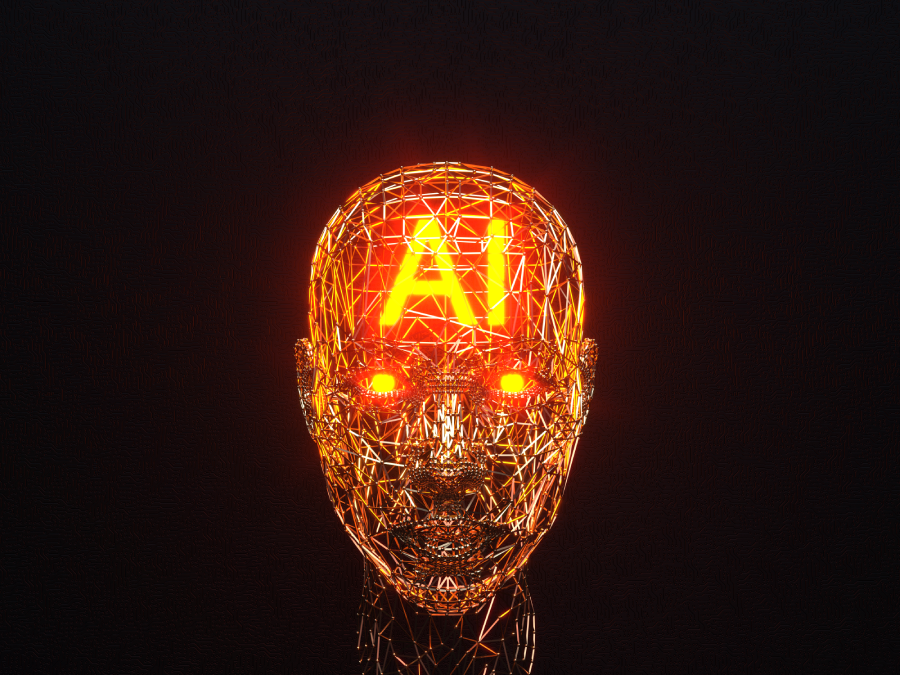
Imagine scrolling through your social media feed or browsing YouTube when you suddenly hit a tsunami of weird AI-generated images, hollow videos, and spammy texts. They jumble your screen; a sea of content that looks like it barely took a minute to make but somehow floods your attention endlessly. Welcome to the phenomenon dubbed AI Slop.
What exactly is AI Slop? It’s the low-effort, high-volume digital content churned out by AI tools without strategy or a human touch, cluttering our feeds and threatening the very essence of authentic storytelling.
Why should marketing leaders care about this? Because brands caught in the AI Slop trap risk drowning their reputations in meaningless noise. But there’s a smarter way to harness AI’s potential, and it’s time to explore both sides of the coin.
Table of Contents:
- What is AI Slop? The Good, The Bad, and The Ugly of AI Content
- Real-World Brand AI Slop: What Went Wrong?
- Platforms Fight Back: Industry Takes on AI Slop
- The Risks if AI Slop Becomes Your Brand’s Signature
- The Flip Side: Smart Brands Riding AI Waves with Strategy
- How to Dodge the AI Slop Trap: Actionable Tips for Marketers
- The Future of AI & Brand Storytelling: Intentional Creativity Wins
- Frequently Asked Questions
What is AI Slop? The Good, The Bad, and The Ugly of AI Content
Picture AI-generated fake music bands with no concerts or social media presence, bizarre images promoting products that don’t exist, and repetitive blogs stuffed with keywords but lacking meaning. That’s AI Slop in action; content churned out by generative AI that prioritises speed and quantity over substance and strategy.

Thanks to advanced large language models and image generators, social media platforms like Facebook, TikTok, YouTube, and Spotify have been flooded since 2022 with this low-value output. It’s digital clutter —often banal or outright misleading —that captures engagement but offers little genuine value.
The term “slop” itself, popularised by early internet communities, has become the go-to label for this deluge of generic, tiresome AI content. It’s the junk food of the digital marketing world; easily consumed but ultimately unsatisfying.
Real-World Brand AI Slop: What Went Wrong?
Some high-profile brands have already felt the heat of AI slop gone wrong. Take Coca-Cola’s 2024 holiday commercial, an AI-generated ad that was widely panned for lacking soul and creativity. It was quick to produce but missed the magic humans bring to storytelling, sparking backlash from creators and audiences alike.
Spotify’s AI-powered “Wrapped” campaign blends personalisation with creativity, but when AI-driven features became overly automated, some users felt disconnected from the brand experience. Similarly, political campaigns and brands have used AI-generated images and videos that spread misinformation or confuse audiences.
Even YouTube, a giant platform for digital marketing, saw AI slop proliferate, letting low-effort, AI-generated ads run alongside premium brand content, risking brand safety. Fake event promotions and misleading AI-generated plant care advice on social media are just a few more examples showing how AI content can get out of hand.
Platforms Fight Back: Industry Takes on AI Slop
Recognising the threat, platforms are pushing back. YouTube updated its monetisation policies to crack down on AI-generated content that prioritises volume over quality or spreads misinformation. This move aims to protect both creators and brands investing in genuine storytelling.
YouTube is cracking down on ‘unoriginal’ content with a major monetization change
Starting July 15, channels that do not meaningfully transform clips risk losing monetization. That includes reaction channels, compilation pages, and more pic.twitter.com/vRpKokAjtz
— Dexerto (@Dexerto) July 2, 2025
The Indian Express editorial criticised the erosion of “YouTube’s humanity,” warning against losing the “You” in content creation due to AI overuse. Google and Facebook have similarly taken steps to demote or ban channels heavily reliant on AI slop.
For marketing decision-makers, these platform policies are early warnings. Staying aligned with these evolving rules safeguards investments and brand reputation.
The Risks if AI Slop Becomes Your Brand’s Signature
Using AI without a strategy can damage brand equity beyond repair. Customers quickly spot hollow messaging; credibility wanes when content is inaccurate, irrelevant, or repetitive. Search engines also penalise low-quality AI content, harming SEO rankings and organic traffic.
Marketing budgets may be wasted on inflated audiences generated by AI click farms and spammy links instead of engaging real customers. Ultimately, brands face customer fatigue, disengagement, and lost loyalty.
AI is a tool, not a shortcut to creativity.
The Flip Side: Smart Brands Riding AI Waves with Strategy
Not all AI use is doom and gloom. Several brands are harnessing AI strategically to supercharge creativity and personalisation. BMW, for example, launched an AI-powered art projection campaign that left audiences mesmerised, blending human artistry with machine precision.
Starbucks’ Deep Brew AI uses data to recommend products personalised to customer tastes, while keeping human baristas central to the experience. Spotify’s AI enables dynamic audio ads tailored to listeners’ moods, boosting ad recall and clicks.
For marketers, AI works best when combined with human creativity and oversight; automating tedious tasks, drilling deep into data for insights, and enabling hyper-targeted campaigns.
How to Dodge the AI Slop Trap: Actionable Tips for Marketers
- Start with a clear AI content strategy aligned to brand goals and audience needs.
- Use AI to augment, not replace, human creativity. Human curation and review are essential.
- Test, measure, and optimise AI content rigorously to keep quality high.
- Track signals of AI slop: high impression but low engagement rates are a red flag.
- Stay transparent with your audience about how you use AI, building trust.
Working with a trusted content creation agencyskilled in blending AI and human input ensures safeguards against AI slop.
The Future of AI & Brand Storytelling: Intentional Creativity Wins
AI’s evolution is inevitable and exciting. Yet, the heart of brand storytelling remains human. Brands that embrace AI thoughtfully, leveraging efficiency without sacrificing authenticity, will lead the future.
Don’t let AI slop define your brand’s story. Be the spark that cuts through the noise, mixing the art of human connection with the power of AI tools. Everyone can ‘make content’ with generative AI. But, making good content that makes sense requires expertise of a digital marketing agency who have tried, tested and perfected the right AI tools. Drop us a hi on hello@florafountain.in to have us on your side, backing your creative pursuits, which makes your brand stand out.



